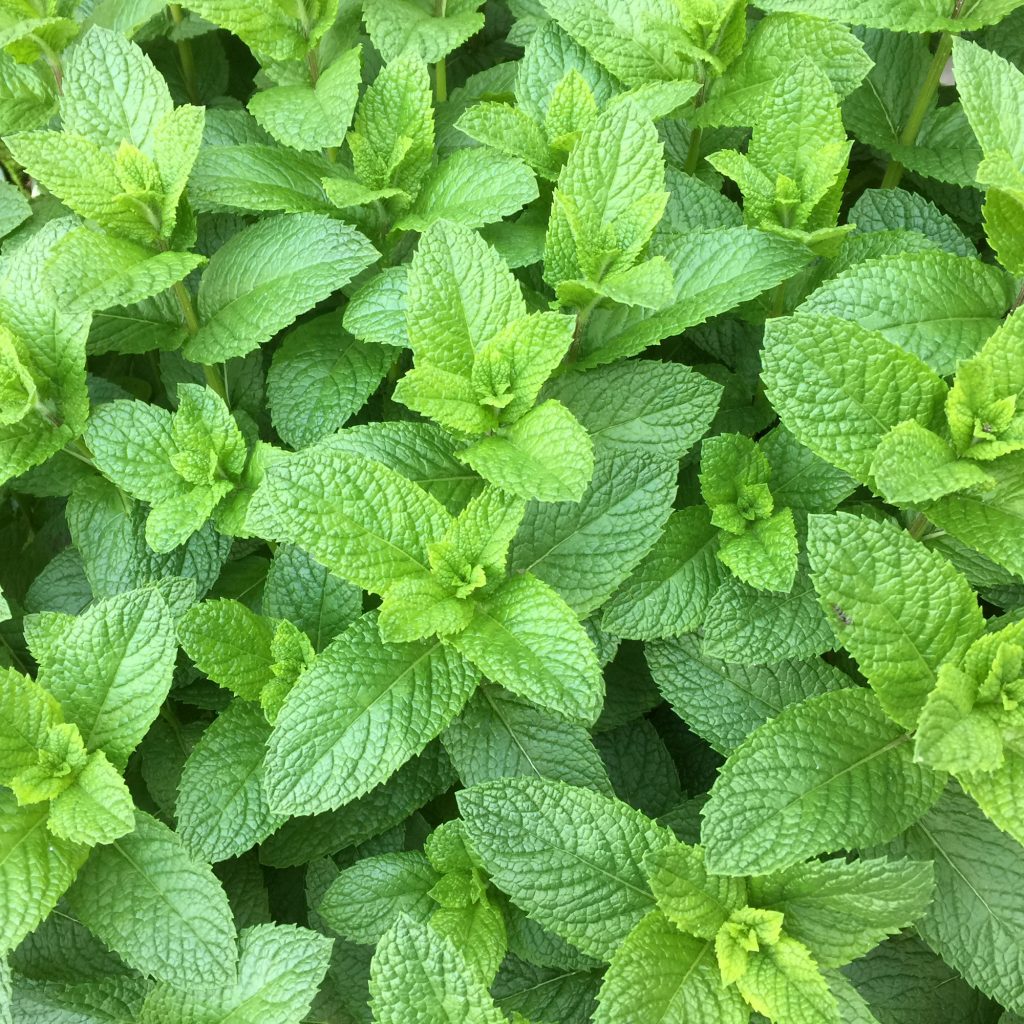I gave a little introduction to food energetics back in this post. Then this was followed up with a look at the properties of ginger. Today we’re going to look at the food energetics of spearmint.

As we’ve already seen, different foods can be either heating or cooling. As with heat, there are also degrees of cold and we say that some foods are cool and others cold. Spearmint is considered to be cooling to cold. You may be able to find it in the fresh herbs section of the supermarket. If not spearmint, then you’re likely to find peppermint. Peppermint is also cooling but has a slightly stronger, sharper effect than spearmint. In taste terms, spearmint is a little sweeter and peppermint has a little more menthol-like astringency.
In TCM terms, spearmint encourages qi circulation and clears heat but it does it in a more gentle way than peppermint, which is why I’m recommending it. It works especially through the Lung and Liver meridians and drains external Wind. All of which combines to indicate that spearmint is helpful in:
- clearing the head and eyes
- reducing tension
- soothing indigestion and nausea
In cooking, spearmint can be added to sweet or savoury dishes. It can be ground into a sauce, muddled into cold drinks or even added as a garnish. There is a simple recipe for mint tea here.
Spearmint is generally safe to use and is usually considered safer, relative to peppermint, though most people are fine with either. Mint (all forms) can however increase the absorption rate of drugs such as salicylic acid and paracetamol. If you are taking either/both of these medications, then you need to be extremely cautious in your use of mint.
If you’d like to understand whether the food energetics of spearmint could improve your health or if you may do better with something more warming, then please book your free “can telehealth help me” session today.
Stay safe, stay well, stay home.
